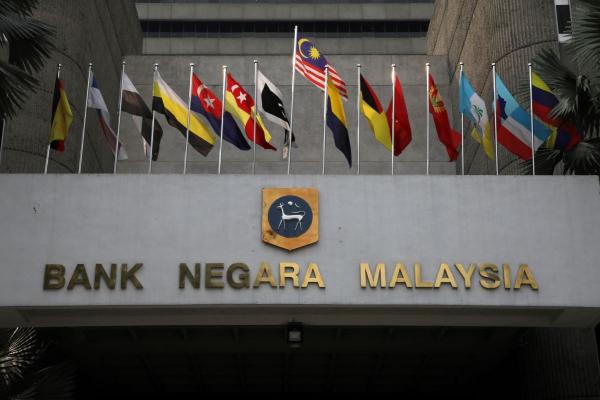KUALA LUMPUR, Aug 15 — Bank Negara Malaysia (BNM) has maintained its 2025 gross domestic product (GDP) projection of between 4.0 per cent and 4.8 per cent, taking into consideration a range of possible outcomes from tariff negotiations.
Its Governor Datuk Seri Abdul Rasheed Ghaffour said they have taken a tariff assumption of between 25 per cent and 30 per cent during tariff negotiations with the United States (US).
“There is no need for us to revise the growth numbers. In terms of the balance of risk growth and gains, the completion of negotiations reduces the uncertainty.
“But again, there is still uncertainty that lingers; in terms of the sectoral tariff, for example, and also in terms of the developments of discussions and negotiations with certain countries, which have not concluded yet,” he told the press after announcing Malaysia’s second quarter (2Q) economic growth today.
Earlier this month, the US imposed a reduced tariff of 19 per cent on Malaysian imports, effective August 1. The revised reciprocal rate is lower than the initially scheduled 25 per cent.
According to a White House statement on July 31, the tariff changes will apply to goods entered for consumption, or withdrawn from a warehouse for consumption, on or after 12.01 am Eastern Daylight Time, seven days after the date of the order.
Rasheed noted that Malaysia is now operating in an uncertain environment where changes occur quickly.
“Under this kind of environment, forecasting is challenging. That is why we need an assumption that is strong enough for us to be able to capture possible growth rates for the country.
"So, 4.0 per cent to 4.8 per cent would probably capture the possibilities,” he said.
On the overnight policy rate (OPR), it was reduced to 2.75 per cent at the July 2025 Monetary Policy Committee (MPC) meeting as a pre-emptive measure aimed at preserving Malaysia’s steady growth path amid moderate inflation prospects.
Rasheed said that since then, BNM had seen some clarity in the external environment, particularly on the outcome of tariff negotiations recently, including for Malaysia.
“In this regard, our recent OPR cut would provide an additional lift to domestic growth amidst moderate inflation prospects, and we will continue to monitor the effect,” he said, adding that Malaysia remains a strong economy.
Exports are expected to moderate in the second half of 2025, given the challenging external environment, but partly cushioned by the electrical and electronics (E&E) and tourism sectors.
“We have seen front-loading activity in the first and second quarters of the year, but we have seen this slowing down. In June, we have seen some moderation in the front-loading and that is why we forecast that for the second half of the year, exports will be a bit more moderate because the front-loading will dissipate.
“Also, the impact of the tariff now starts to come into the picture,” said Rasheed.





